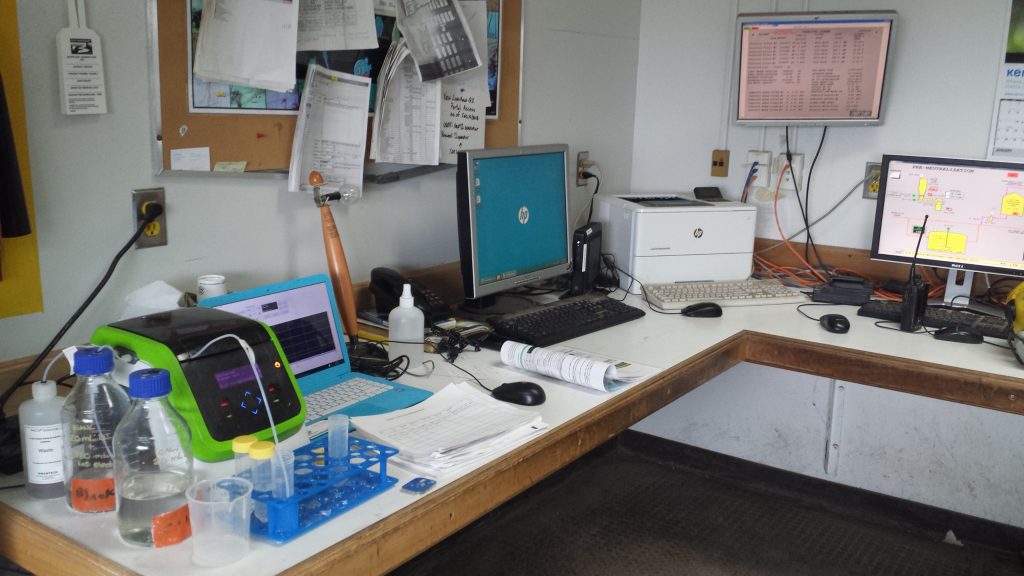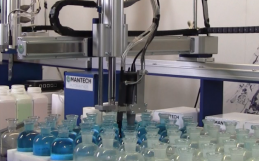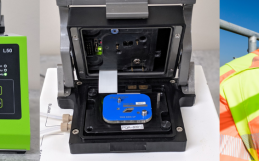A pulp and paper mill in Atlantic Canada is testing the benefits of implementing the PeCOD™ technology at the influent of their secondary treatment. Since September 2017, operators have run comparative samples for chemical oxygen demand (COD) analysis by photoelectrochemical method (PeCOD) and by the conventional dichromate method (CODcr). The correlation between PeCOD and CODcr is strong, as shown in Figure 1.
PeCOD results also confirmed a level indicator failure in the mill’s treatment process. The defective level indicator, within one of the treatment tanks, was falsely reporting a constant liquid level within the tank. The feed pump, between the tank and the reactor, had reduced the flow to respond to the signal from the level indicator. However, the level within the tank was actually increasing. Therefore, the feed pump should have been increasing flow to the reactor tank. The increase in the tank level, and reduction in the feed flow to the reactor, affected the COD concentration, which was picked up by the PeCOD measurement. A low PeCOD result was reported the morning of the failed level indicator, which illustrates another benefit of having continuous COD monitoring at the treatment process. In addition to ensuring sufficient treatment, PeCOD can detect process events, and with it’s fast analysis time, give operators timely results of the current process conditions.
Due to the safety and simplicity of the PeCOD method, operation of the unit has transitioned to 24/7 use by multi-shift operators. Treatment operators have complimented the new PeCOD software, MANTECH Pro, which simplifies the calibration and sample analysis process. MANTECH Pro can perform automated calibrations at a set date and time, therefore, the PeCOD™ is ready to analyze samples when required by the operator. At the mill, day shift operators set the software to have the PeCOD™ calibrated for night shift, and vice versa. This allows operators to analyze samples at the beginning of the shift and determine the COD results in less than 15 minutes.

Figure 2: Benchtop PeCOD® COD Analyzer within the secondary treatment facility. The safer technology allows operators to run the test within their office without personal protective equipment (PPE).
By utilizing PeCOD, the Atlantic Canada Mill will enjoy the benefits of a green and safe technology, that generates results in minutes, improves the health and safety of operators, and protects the environment. In addition, the mill can also increase profitability through process improvements.
Download the full pdf 21-PeCOD Case Study – Pulp and Paper Mill Operators.








